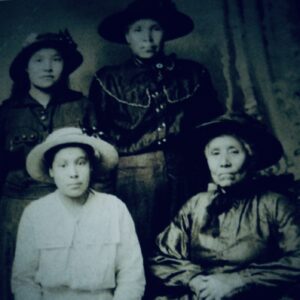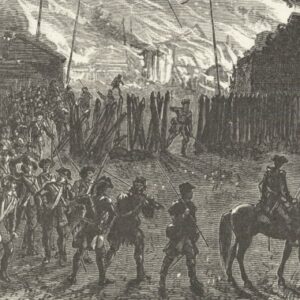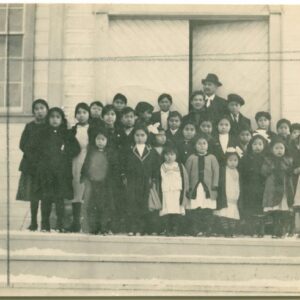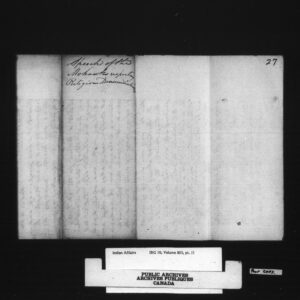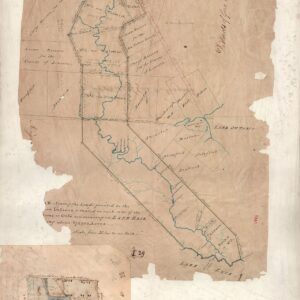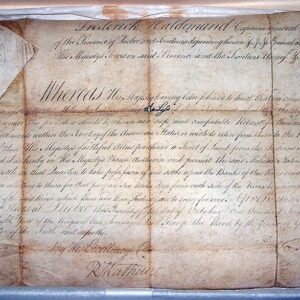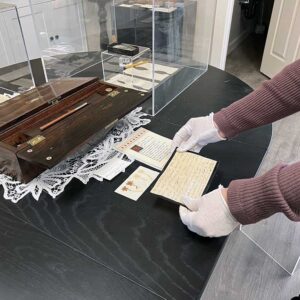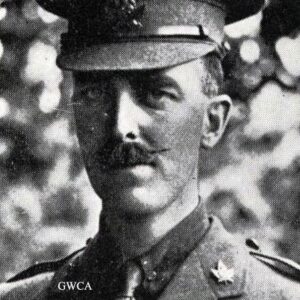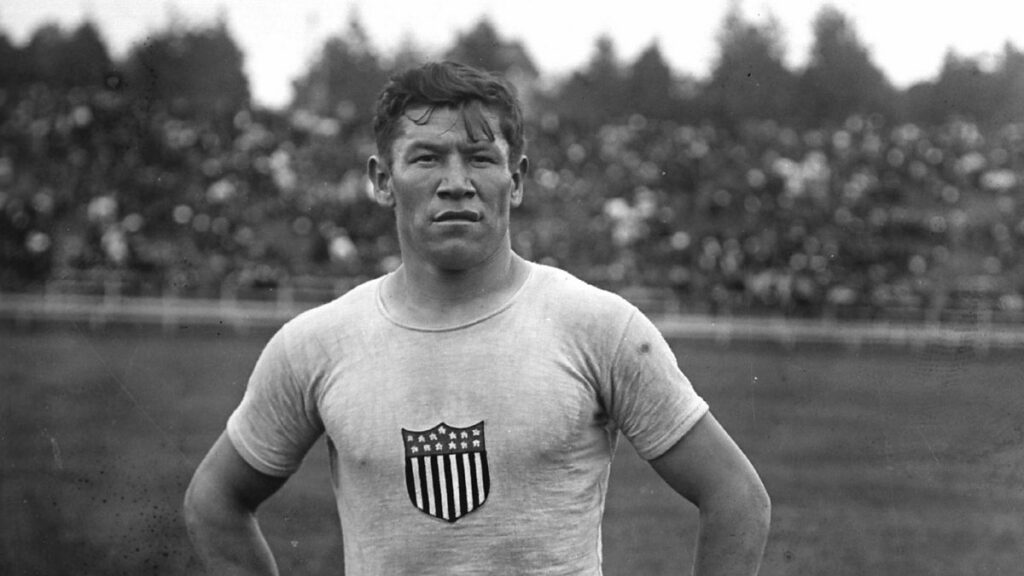
It would be an injustice in this space not to turn attention towards not only the finest Indigenous baseball player ever to play the game, but the finest all-round-athlete in the world, excelling at the professional ranks in a myriad of sports.
Baptized, Jacobus Fransiscus Thorpe, or James Frank Thorpe, the world would better know him as Jim Thorpe, the man who, in 1999, decades after his death, was named the Athlete-of-the-20th century by a joint resolution of honour by the US congress. Associated Press voted him the top athlete of the first half of the 20th century, defeating the likes of Babe Ruth, Jesse Owens, and many other more remembered names.
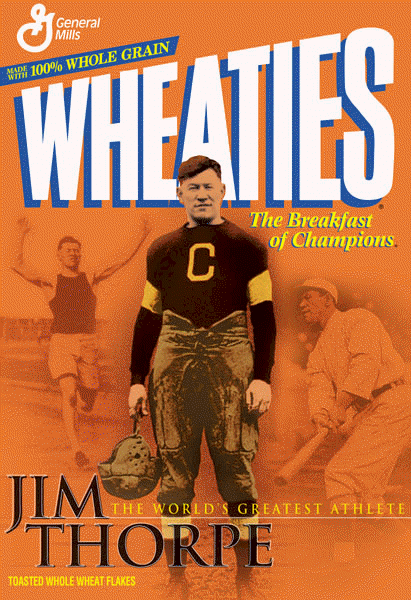 Thorpe was of the Sac, Fox and Potawatomi bloodline of his mother, as well as French and Irish roots paternally. He was born on May 28, 1887, near current-day Prague, Oklahoma, and given the name Sauk name, Wa-Tho-Huk, loosely translated, Bright Path. He always said he was a direct descent of the great warrior Chief, Black Hawk.
Thorpe was of the Sac, Fox and Potawatomi bloodline of his mother, as well as French and Irish roots paternally. He was born on May 28, 1887, near current-day Prague, Oklahoma, and given the name Sauk name, Wa-Tho-Huk, loosely translated, Bright Path. He always said he was a direct descent of the great warrior Chief, Black Hawk.
After suffering the pain and loneliness of losing both his mother and twin brother in an epidemic at an early age, he was sent away to a residential school by his ailing father.
The young man did not take well to school and was a regular runaway, which had him transferred through several other “Indian” schools before ending up at Carlisle Indian Industrial School in Pennsylvania. It was there he discovered sports as an outlet for his pent-up anger and deep sense of abandonment.
A famous Thorpe story recalls the spring of 1907 when Thorpe joined a track-and-field practice session on campus. Dressed only in his work clothes, “he launched himself over a 5’9″ high bar to break the school record, catching the attention of coach Pop Warner. Under Warner’s guidance, Thorpe soon became the star of the track program, and with his athletic skills he also enjoyed success in baseball, hockey, lacrosse, and even ballroom dancing.”
That’s right, ballroom dancing. In his usual style, Thorpe, who was of substantial size, being 6’1” and carrying a weight hovering around 200 lbs, of solid muscle, not only participated but won several dance competitions doing so.
In 1912, then 24-years-old Thorpe became the first Native American to win, not only one gold medal but two, easily winning the Pentathlon, and the Decathlon, both requiring enormous endurance.
The Decathlon winner will compete in four runs, three jumps, and three throws. It consists of 100 m race, 400 m, 1500 m, 110 m Hurdles, Long Jump, High Jump, Shot Put, Discus Throw, Javelin Throw, and Pole Vault.
The Pentathlon, a string of five track and field events with results in each adding up to an overall winner and is known as the hardest medal to win.
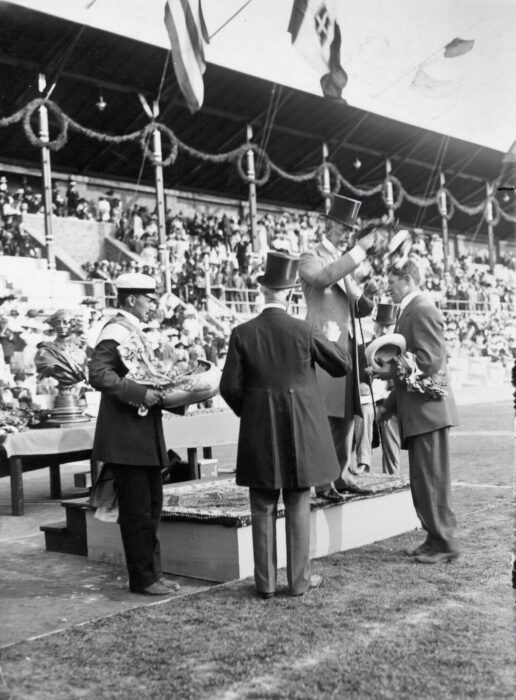
There was some intrigue at the 1912 Olympic Games in Stockholm, Sweden, and before he was to race, someone had stolen Thorpe’s running shoes. It was assumed to have been a competitor. In a panic, Thorpe found a mismatching pair in a trash can and squeezed them on just in time to win a Gold Medal.
At the height of his amateur career to that point, complete with a New York ticker-tape parade, it all came crashing down when it was revealed that Thorpe had played some semi-pro baseball, technically making him a professional and therefore, ineligible for Olympic competition.
His medals were revoked, not to be returned by the IOC, posthumously, until 1983.
After the disappointment, Thorpe signed a professional contract with the New York Giants, in 1913 and remained on the roster until 1919.
But he also loved the game of football and had the size and cardio for it. He loved the physical contact of football and used his size well.
On the Giant’s off-season from baseball, Thorpe signed a football contract with the Canton Pennsylvania Bulldogs of the fledgling American Football Conference and won three championships with them. This league evolved into what is now the NFL.
In between, he would lend his name and talent to a traveling, All-Indian professional basketball team, barnstorming across the country. He also played for a similar All-Indian traveling lacrosse team for a few dollars.
Following his playing career at age 41, he became the first president of the American Professional Football Association in 1920-21, which became the NFL in 1922. He even tried acting for a time and appears in some B-westerns.
Thorpe continued to give back to his community and formed several All-Indian travel teams covering many sports until his death in 1953, at age 64.
According to his biography, Thorpe married three times and had eight children. In 1913, Thorpe married Iva M. Miller, whom he had met at Carlisle. In 1917, Iva and Thorpe bought a house now known as the Jim Thorpe House in Yale, Oklahoma, and lived there until 1923. They had four children: James F., Gail, Charlotte, and Frances.
PULL QUOTE – “I never was content unless I was trying my skill…or testing my endurance,” – Jim Thorpe



